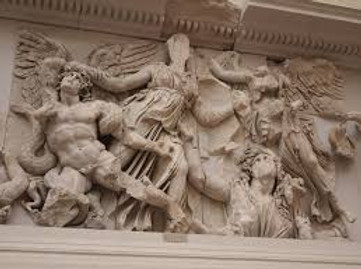71.
transformation of elliptic & integrals into multiply periodic-functions: *
Within complex analysis are elliptic functions, meromorphic functions that are periodic (a function that repeats its values regularly) in 2 directions. Just as a periodic function of a real variable is defined by its values on an interval, an elliptic function is determined by its values on a fundamental parallelogram, which then repeat in a lattice. Historically, elliptic functions were first discovered by Abel as inverse functions of elliptic integrals, and their theory was improved by Jacobi.
72.
Abel: *
Gauss found the first elliptic functions in 1795 in connection with his calculation of the lemniscate arc length (figure 8 curves), which are special cases of the general, elliptic functions. Able investigated these in 1823. He also studied the elliptic integrals detailed by Legendre. In 1824 he discovered new functions which had 2 periods, a property making them more interesting than the normal single period trigonometric functions. It also meant that they had to be complex functions (still in their infancy). Abel continued to explore this area & tried to generalize them to functions with even more periods. In 1827-28 he published his foundation paper, establishing the theory of elliptic functions & revealing their double periodicity. These functions were the inverse functions of elliptic integrals, using the complex plane. Abel became involved with competing investigations (namely Jacobi). In the end Jacobi completed his work on elliptic functions & published in 1829; this defined what would be the standard form of elliptic function. Abel died in 1830
73.
Alter of Pergamum: *
the front stairway 20 m. wide

base frieze in high relief battle between the Giants & Olympian gods
